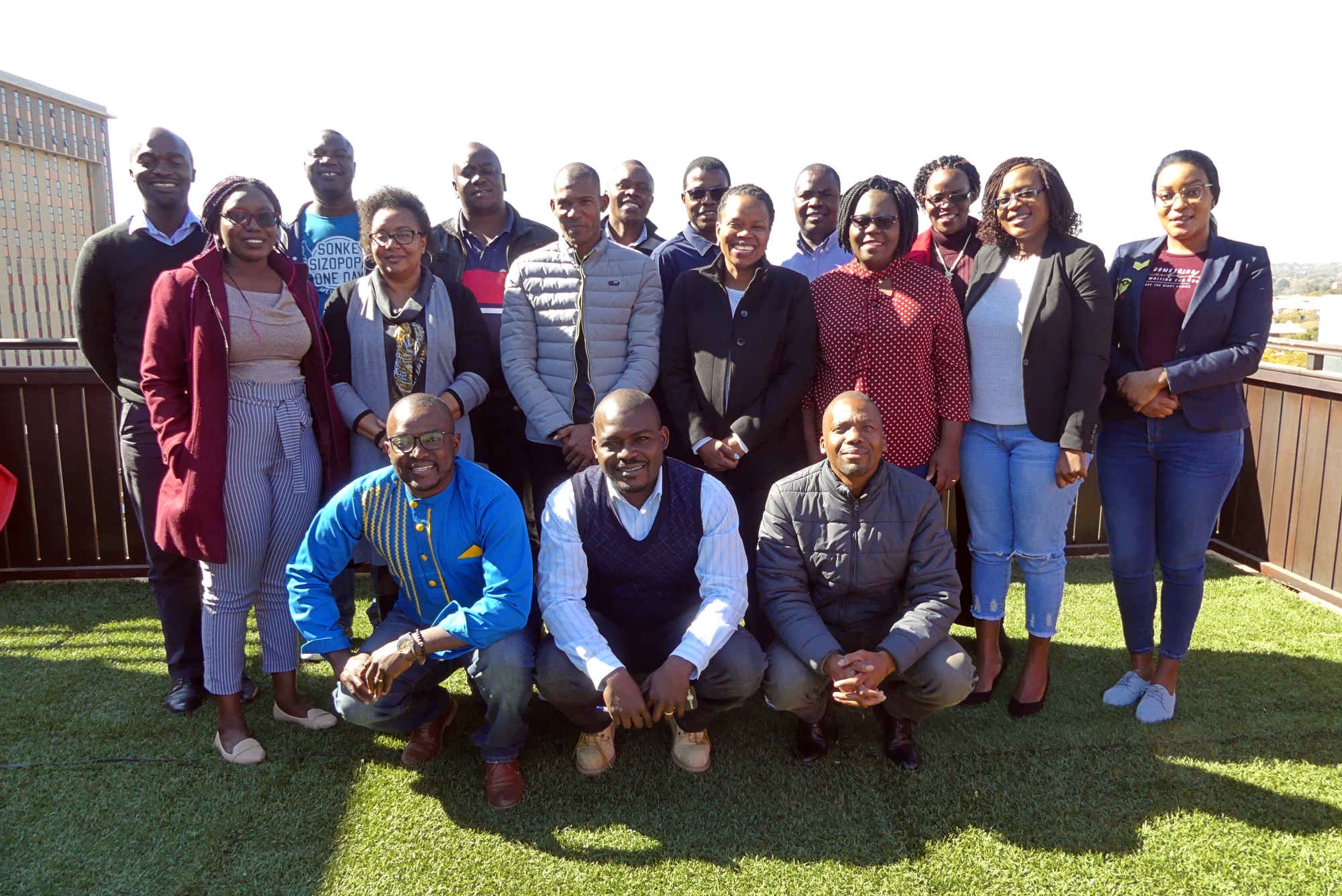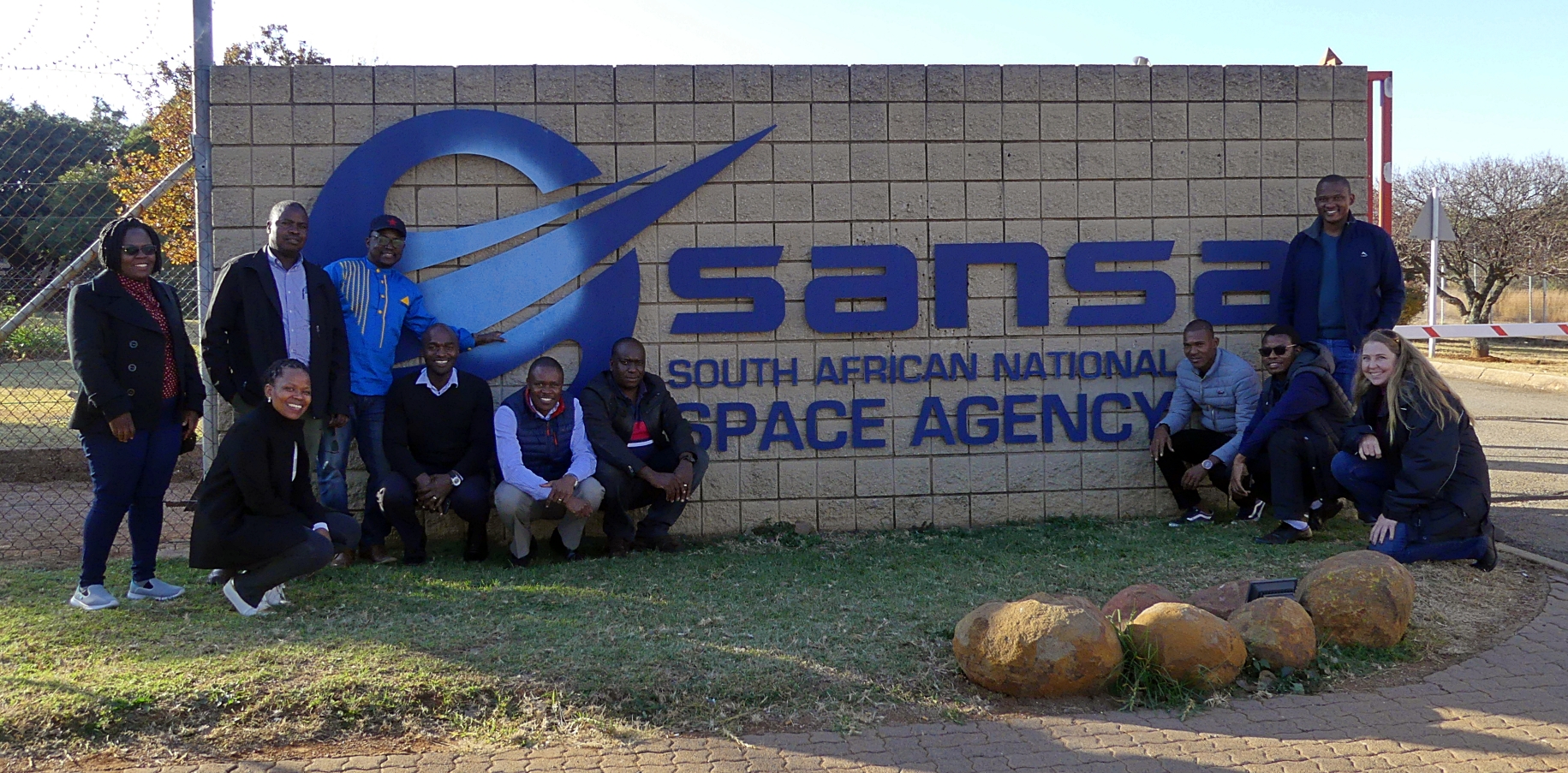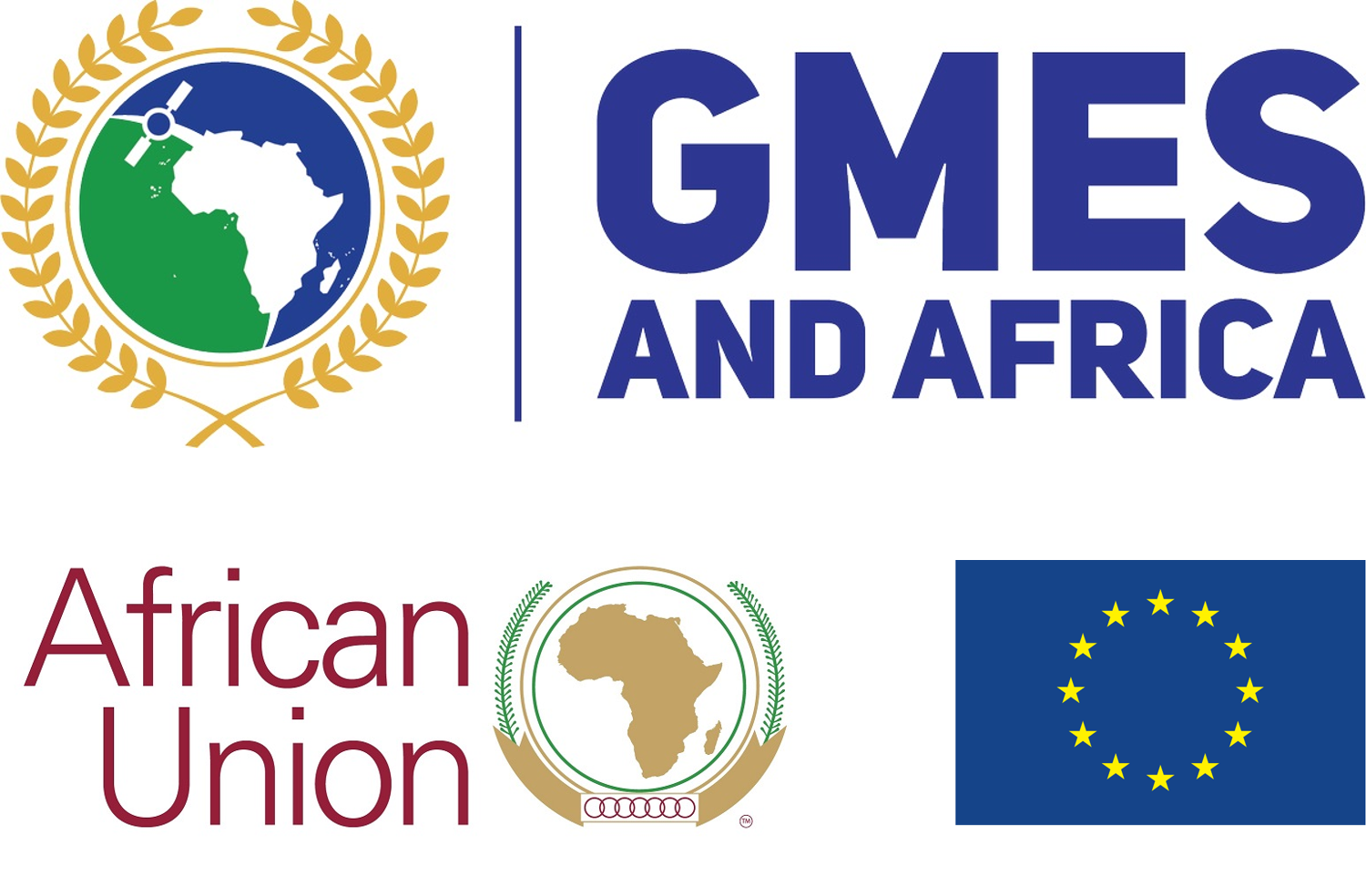During the week of 1 to 4 July 2019, WeMAST consortium members met in Pretoria, South Africa, for a WeMAST Grant Management and Technical Workshop.
The WeMAST project will design and develop an integrated platform for wetland assessment and monitoring that will support sustainable management of the southern African transboundary river basins: the Cuvelai, the Limpopo, the Okavango and the Zambezi. The platform being developed will integrate existing data products and tools to implement a sustainable wetland management system, by drawing on the experience from the SASSCAL-led consortium partners and other key stakeholders across regional, national and local institutions.

Moreover, the platform will make available decision support products developed from openly available earth observation providers, such as the Copernicus services. To this end, WeMAST consortium partner SANSA, the South African National Space Agency, has created an image processing architecture to ensure the automated and efficient acquisition of satellite imagery, its pre-processing and data fusion. An Open Data Cube brings all processed data sets into a geometrically aligned stack of processed data, which ensures that the imagery is no longer sensor specific. All analytical algorithms and models, housed in an application bank, that will ensure the derivation of products for the stakeholders and users of the platform will run on top of the Open Data Cube.
To support the research component of the WeMAST project, each partner university is expected to enrol one or two postgraduate students through the scholarship programme of the project. To date the University of Western Cape has enrolled one Master and one PhD student, Midlands State University has enrolled two Master students, and the University of Zambia has enrolled two Master and one PhD student, with co-funding from the WWF in Zambia. The University of Botswana aims to enrol one PHD student.
During the Workshop, consortium members also had the opportunity to visit SANSA’s Space Operations facilities at Hartebeesthoek, near Pretoria, to receive a tour of the impressive maze of antennae and IT infrastructure that enable SANSA’s space operations.



